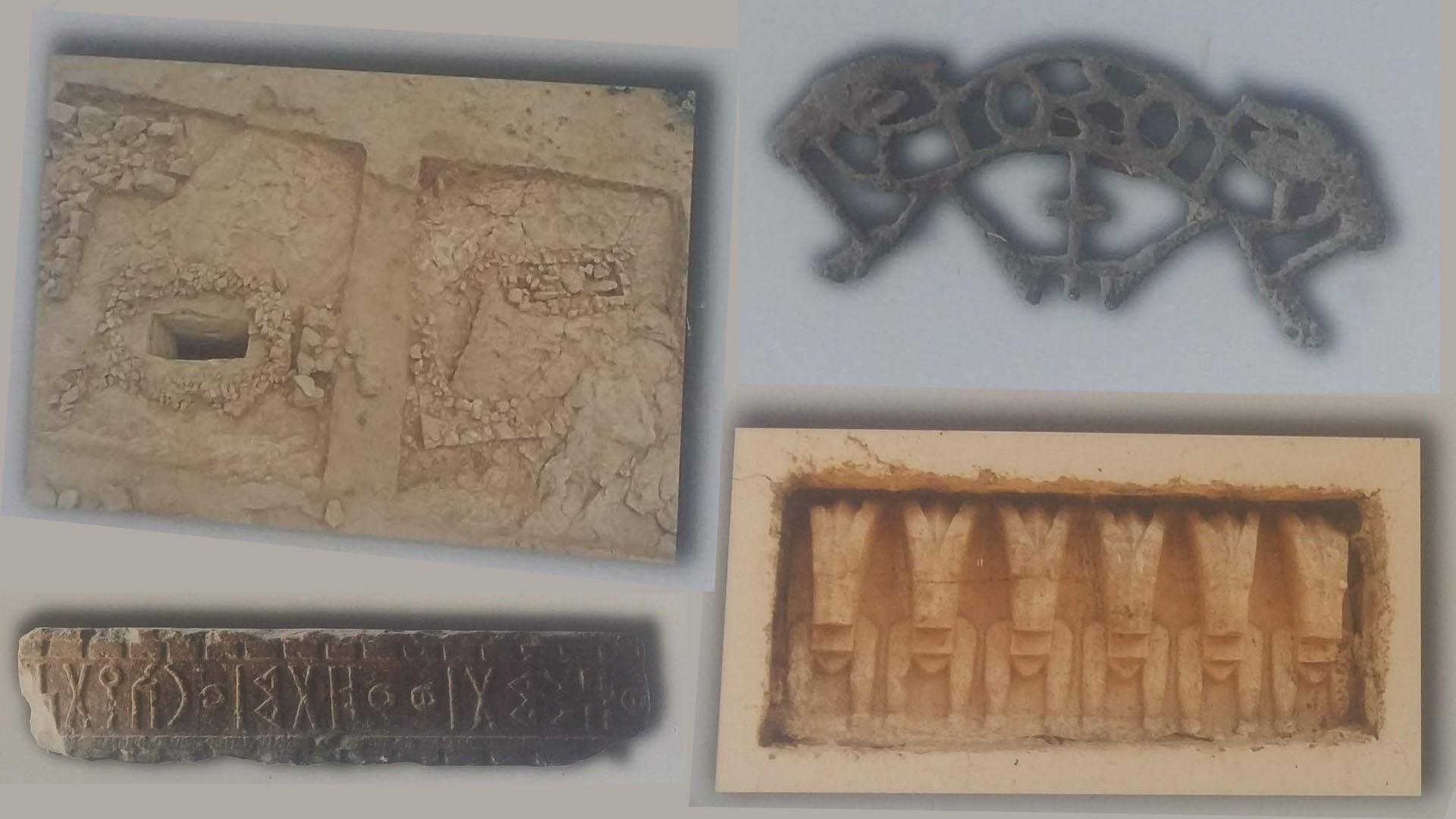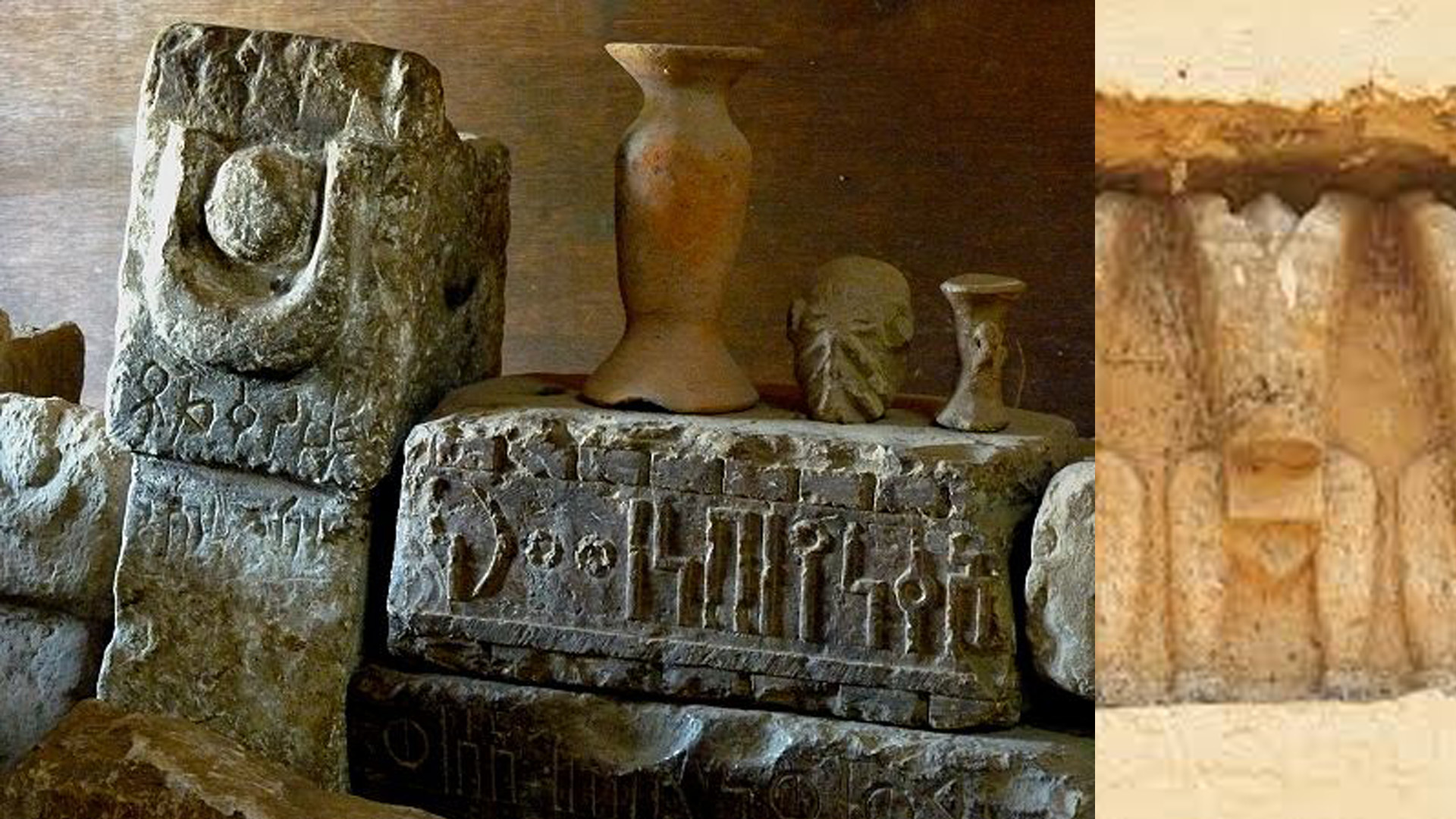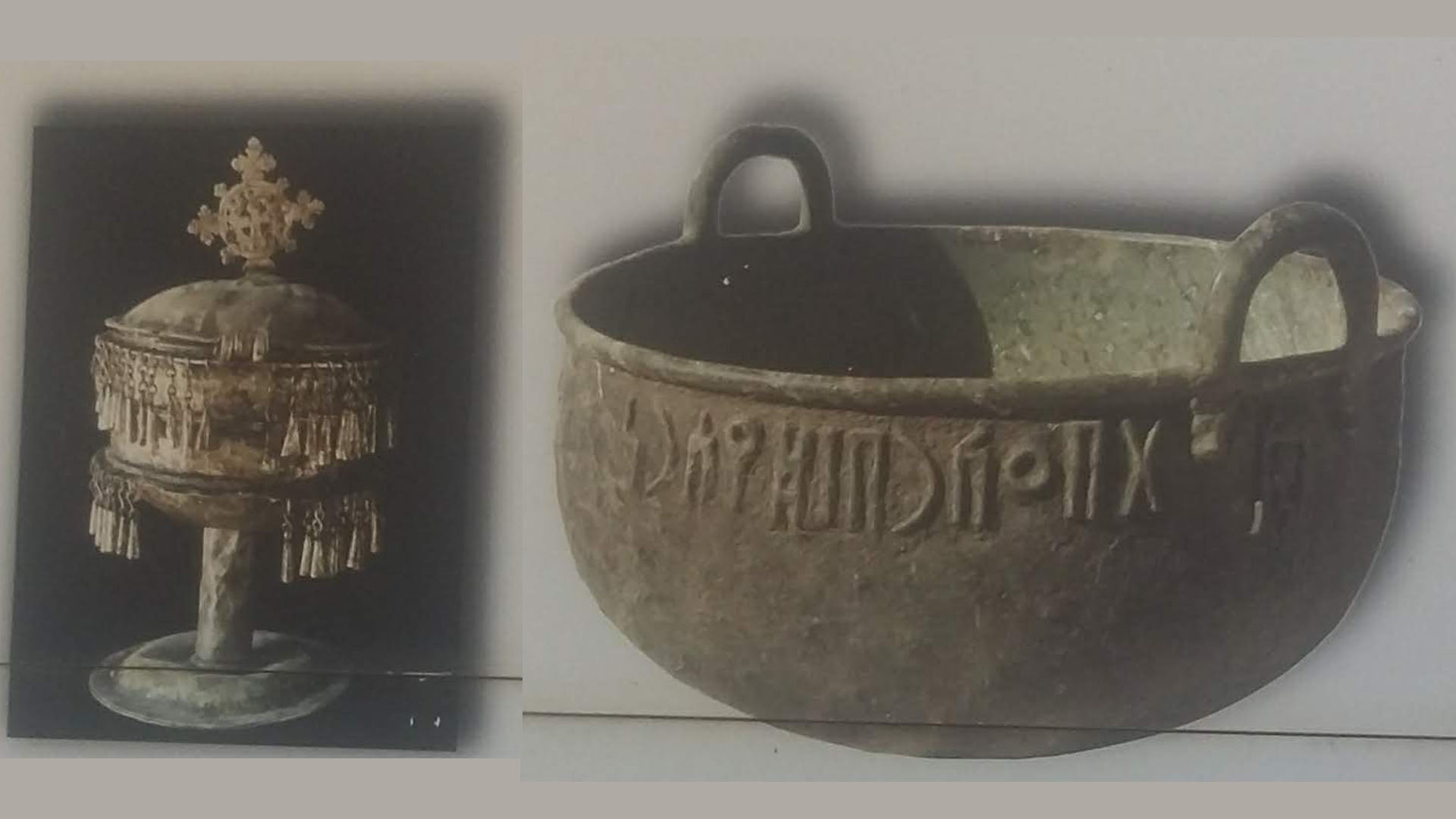Towering over the small town, which is a pre-Axumite capital of the kingdom, the temple of the moon was built in honor of the god Almouqah. Al-maqah or Al-muqh (Sabaean: 𐩱𐩡𐩣𐩤𐩠) was the moon God (and hence the temple of the moon) of the ancient kingdoms of Da’amat (D’mt), Aksum, and Yemeni. The temple is carbon-dated to the 8th Century BC to the reign of D’mt, and was built in the Sabaean style.
The date of the temple is supported by local inscriptions. Many stone-carved inscriptions were discovered on the site and most likely, they’re the earliest inscriptions ever discovered in East Africa.
The ruins of the temple consist of a single rectangular roofless chamber that stands around twelve meters in height. The temple was built from limestone which was quarried from about 90 miles away and the construction workers didn’t use mortar between the stones.
The biggest stone is almost 2,500 years old since the temple was built and the door is about five meters high.
The temple was used as a church. Christianity was introduced to the surroundings and the first monastery was built. During the construction of the monastery, St Abuna Aftse used the temple as a church for about 39 years.
It is believed that the Yeha temple was a political and religious center. Inside the ruins, there is a pool that was used for giving sacrifices to the moon god.



